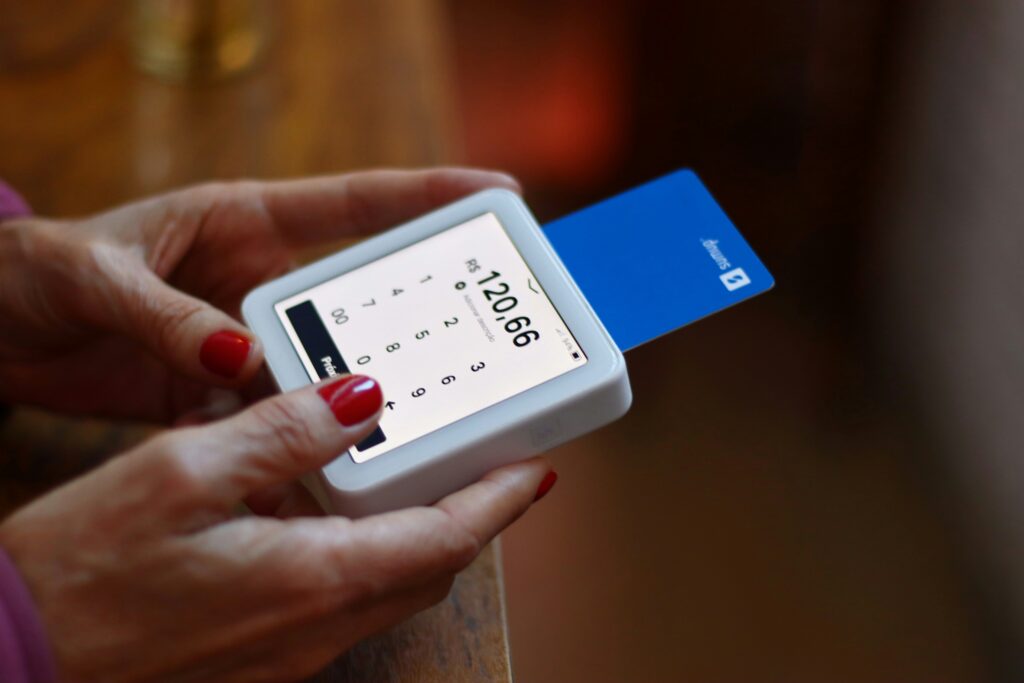In technology, we are introduced to the terms “firmware” and “software” (SW), but are not necessarily aware of how different they are, and the profound impact that difference can have on our project impact. While both Firmware vs Software have very similar appearances, they are given different roles to play and play a crucial role in contemporary device and system design.
Celadonsoft: “It is required that engineers, developers and technicians understand clearly how these two components function and what features are incorporated in each of them. This will not only help in choosing the right development tools, but also prevent issues which may occur due to integration, upgrading or life cycle management of the device.”

Core Contrasts Between Firmware and Software
While designing modern-day devices and computer programs, one must be very clear about the key differences between firmware and software. Both are utilized alongside each other, but each plays a distinct role and is of a unique nature.
What Is Firmware?
Firmware is certain expert software embedded within the hardware to provide its core functionality. It’s kept within the device’s independent memory (e.g., flash memory or ROM) and controls its hardware modules.
The most critical firmware features are:
- Tight linkage to “hardware.” Firmware is really operating on the hardware modules, their function realizing.
- Limited upgradability. Even for newer hardware, you can flash firmware, but it is more involved than regular software updates. Sometimes the firmware is non-volatile.
- Low-level coding. Low-level languages such as C or Assembly are used for firmware to get as much performance out of the system as possible.
- Failure tolerance. Firmware has to be fault-tolerant because it is responsible for the base operation of the device.
Examples of firmware:
- BIOS/UEFI.
- SSD and HDD firmware.
- Controllers of printers, routers, and other electronics.
What Is Software?
Celadonsoft: “Software is a term given to all those programs that are operated on the operating system or with which the operating system itself is directly in communication. Software can be easily changed and made user-specific in need, as it is more adaptable in nature compared to firmware.”
Significant features of the software:
- Versatility and scalability. Software is altered, revised or replaced without affecting the device’s hardware.
- User interaction. Software products are developed for the user’s convenience.
- Platform diversity. The software runs under various operating systems (Windows, Linux, macOS, Android, iOS).
- High abstraction level. As opposed to firmware, software runs at a higher level through APIs and operating systems.
Examples of software:
- Operating systems (Windows, Linux, macOS).
- Applications (browsers, text editors, IDE).
- Web services and cloud platforms.
Where Is Firmware Applied?
Firmware mainly deals with hardware devices, ensuring they operate steadily and predictably. Firmware for ERP Software is different from normal software because it is at a lower level, controlling the interaction between the hardware and higher system levels. Today, firmware is applied extensively in various fields, from IoT devices to medical devices and automobiles.
Embedded Systems and IoT
With the advent of Internet of Things (IoT), the number of firmware-based devices is increasing at a very fast pace. Some examples are as follows:
- Smart appliances and speakers (e.g., Amazon Echo, Google Nest) depend upon firmware to handle voice commands and cloud connectivity.
- Smart home devices (lights, thermostats, cameras) depend upon firmware for seamless interaction with the user and other devices.
- Industrial sensors and controllers control the factory equipment, delivering process automation and reliability.
Motor Vehicle Industry
Firmware vs Software is an integral part of modern vehicles today, playing a role in improved safety, performance and usability. For example:
- Electronic control units (ECU) control engine, gearbox and safety system functioning.
- ADAS (driver assistance systems) such as automatic emergency braking or lane keeping rely on firmware to translate sensor and camera data.
- Air updates (OTA) allow manufacturers to deploy new functionality and correct bugs without having to physically go to the service center.
Medical Devices
Firmware stability in medical applications is extremely critical because its stability depends on the lifetimes of the patients. A few examples of applications are:
- Implantable devices (e.g., pacemakers) use firmware to monitor the performance of the heart.
- Diagnostic equipment (MRI, CT, ultrasound) relies on firmware to properly calibrate and interpret the information.
- Insulin pumps and portable medical devices regulate the dosage of medication in real-time.
Personal Devices and Consumer Products
Firmware also resides in everyday devices with which we interact on a daily basis:
- Firmware is used in smartphones and tablets to activate modems, sensors, and cameras.
- Game consoles (PlayStation, Xbox, Nintendo Switch) receive firmware updates regularly to improve performance and add new functionalities.
- Smartwatches and fitness trackers run on firmware to deliver precise readings and sync data.
The Role of Software in Modern Systems
Software is essential to the functionality of most digital devices, allowing them to be functional, operational and adaptable for diverse circumstances. Compared to firmware, which is employed mainly as a low-level controller of hardware units, software engages the user and performs calculations of a complex type.
Software Types in General
Software falls into a number of different categories:
- Operating systems (OS) – platform, managing the device resources and programs’ functioning (Windows, macOS, Linux, Android, iOS).
- Application software – programs directly interacted with by users (browsers, editors, CRM-systems, ERP-solutions).
- System software – tools and services facilitating the OS operation and interaction with devices (drivers, antivirus, file systems).
Software Development on Different Platforms
Software development involves the consideration of a great number of factors:
- Compatibility – the code is developed taking into account the destination operating system as well as the hardware limitations.
- Scalability – the new applications must be flexible and extensible.
- Security is currently a trend in software development, specifically in regard to growing cyberattacks.
The software can be independent (desktop applications) and available as a cloud-based service (SaaS offerings) and presents the users with convenience and availability.
Comparison of Firmware and Software on Your Project
In developing any software product, the person should have an idea what the role of firmware and software will be. The wrong choice of technologies may lead to the problem of performance, limited capabilities or hard upgrade.
When Is It Worth a Bet on the Firmware?
If your embedded systems project, or your industrial control or IoT device project, requires firmware, firmware is now a central component. In these cases, caution is needed to be aware of:
- Optimization under iron – the firmware should be slim and efficient.
- Operation stability – it cannot fail, especially if the device has a critical purpose.
- Limited updateability – updating the firmware can be troublesome or impossible at times.
When Does Software Come Into Its Own?

If your product is end-user directed (e.g., web or mobile app), the software drives success. At design time, it is worth thinking about:
- Flexibility and scalability – ability to update and extend.
- Compatibility – support for diverse operating systems and devices.
- Interactivity – providing an easy-to-use experience (UX/UI)
Firmware vs. Software Balance
In the majority of projects, Firmware vs Software are blended together: for example, smartphones use firmware to operate the hardware unit, while applications from users provide interaction with the device. The choice of the optimal combination of these technologies is the key to successful product development.
Conclusion: How a Sound Understanding of Differences Can Improve the Development
The recognition of the difference between firmware and software allows IT professionals to design stronger, more effective and secure solutions. Embedded systems and sophisticated hardware require careful Firmware vs Software, while effective digital services and applications require adaptive and flexible software.
